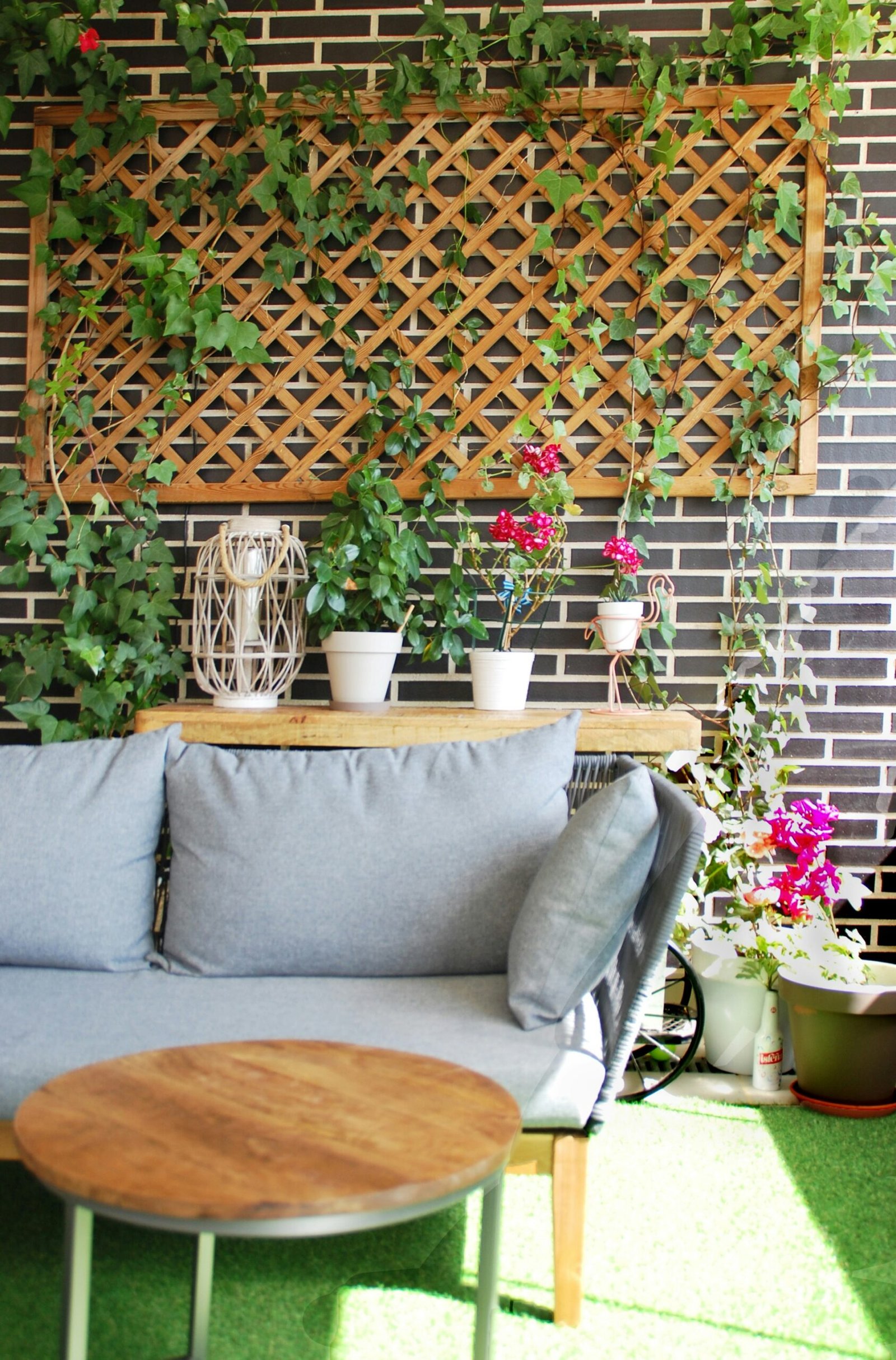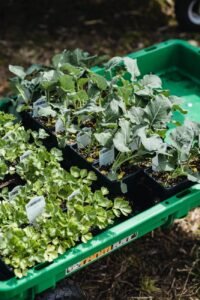Introduction
Roses are one of the most beloved and iconic flowers in the world. With their stunning blooms and intoxicating fragrance, it’s no wonder that people are eager to grow these beautiful flowers in their own gardens. However, successfully growing roses requires some knowledge and care. In this ultimate guide, we will walk you through everything you need to know to grow beautiful roses that will be the envy of your neighborhood.
Choosing the Right Roses
Before you start growing roses, it’s important to choose the right variety for your garden. There are thousands of different rose varieties to choose from, each with its own unique characteristics. Consider factors such as color, fragrance, and disease resistance when selecting your roses. Hybrid teas, floribundas, and grandifloras are popular choices for their large, showy blooms.
Preparing the Soil
Roses thrive in well-draining soil that is rich in organic matter. Before planting your roses, prepare the soil by removing any weeds or grass and loosening it with a garden fork. Add compost or well-rotted manure to improve the soil’s fertility and drainage. It’s also a good idea to test the pH of your soil and make any necessary adjustments to ensure that it is slightly acidic.
Planting Roses
When planting roses, choose a sunny spot in your garden that receives at least six hours of direct sunlight each day. Dig a hole that is wide and deep enough to accommodate the roots of the rose bush. Gently remove the rose from its container, loosen the roots, and place it in the hole. Backfill the hole with soil, firming it gently around the roots. Water the rose thoroughly after planting.
Watering and Feeding
Roses need regular watering to thrive, especially during hot and dry periods. Water deeply at the base of the plant to encourage deep root growth. Avoid overhead watering, as this can lead to the development of fungal diseases. In addition to watering, roses also benefit from regular feeding. Use a balanced rose fertilizer according to the package instructions, and apply it every four to six weeks during the growing season.
Pruning and Training
Pruning is an essential part of rose care as it helps to promote healthy growth and abundant blooms. Prune your roses in late winter or early spring before new growth begins. Remove any dead, damaged, or crossing branches, as well as any weak or spindly growth. Train climbing roses onto a trellis or support structure to help them grow vertically and produce more blooms.
Pest and Disease Control
Roses can be susceptible to a variety of pests and diseases, including aphids, black spot, and powdery mildew. Monitor your roses regularly for any signs of trouble and take action at the first sign of infestation or disease. Use organic pest control methods whenever possible, such as handpicking insects or using insecticidal soap. Avoid over-watering and overcrowding, as these conditions can promote disease.
Conclusion
Growing beautiful roses is a rewarding and enjoyable experience. By choosing the right roses, preparing the soil, and providing proper care, you can enjoy a garden filled with stunning blooms and intoxicating fragrance. Remember to water and feed your roses regularly, prune them to promote healthy growth, and keep an eye out for pests and diseases. With a little bit of effort and know-how, you can create a rose garden that will be the envy of your neighborhood.















